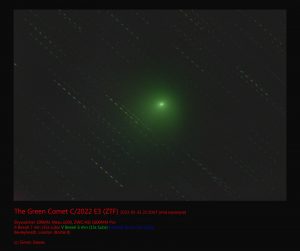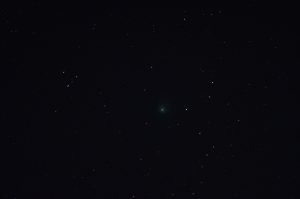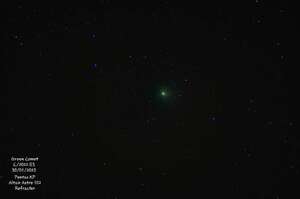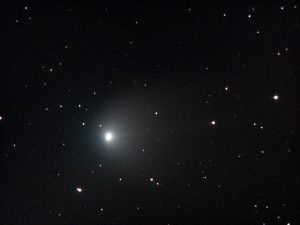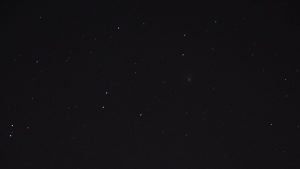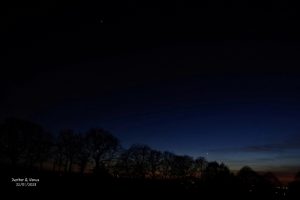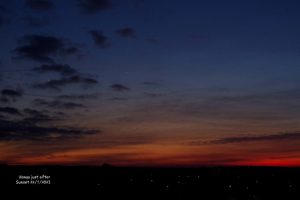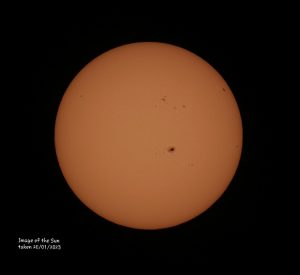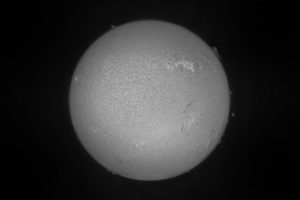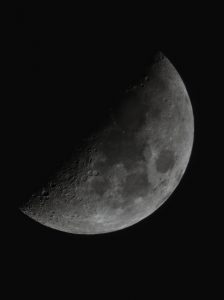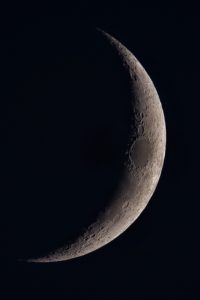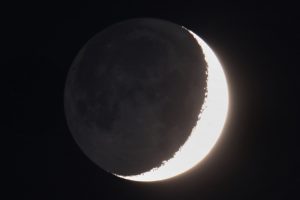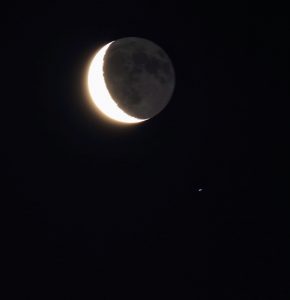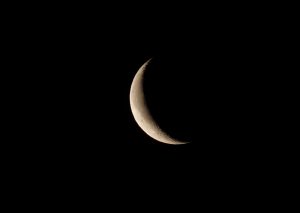Two super deep sky astroimages by CMHASD member and astrophotographer Neil Webster.
First is a stunning image of the Heart Nebula (IC1805) taken by Neil on the 22nd November 2022. Neil acquired the image using a WO GT71 APO, 0.8x Reducer, EQ6 R, ZWO ASI194MC Pro, Astro Essentials 50mm Guide Scope, ZWO ASI290MM, Optolong L Enhance filter. 57 x 240s Subs, 15 x Darks, 35 x Flats/Bias.
The Heart Nebula (also known as the Running dog nebula, IC 1805, Sharpless 2-190) is an emission nebula, 7500 light years away from Earth and located in the constellation Cassiopeia. It was discovered by William Herschel on 3 November 1787. The nebula got its name as it looks like a human heart and it spans almost 2 degrees in the sky, covering an area four times that of the diameter of the full moon. At the top right is the companion Fishhead Nebula.
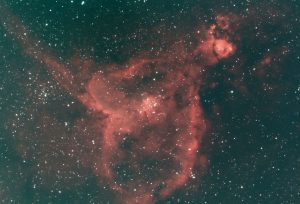
Next, see below; is a fantastic widefield image of the Jellyfish Nebula taken by Neil on the 21st January 2023.
The Jellyfish Nebula; also known as IC443 and Sharpless 248 (Sh2-248) is a galactic supernova remnant (SNR) in the constellation Gemini. On the plane of the sky, it is located near the star Eta Geminorum. Its distance is roughly 5,000 light years from Earth.
The glowing cosmic tendrils and bulbous 'head' are what give this deep-sky object its name, as it resembles a jellyfish. The Jellyfish Nebula is all that remains of a massive star that ran out of fuel and exploded as a supernova, leaving behind a shell of glowing gas. IC 443 has an angular diameter of 50 arcmin, the full moon by comparison, is 30 arcmin across.
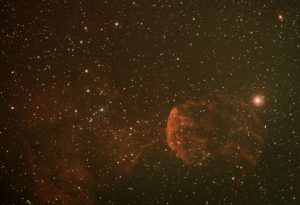
Check out Neil's flickr page at https://www.flickr.com/photos/137388222@N05/



